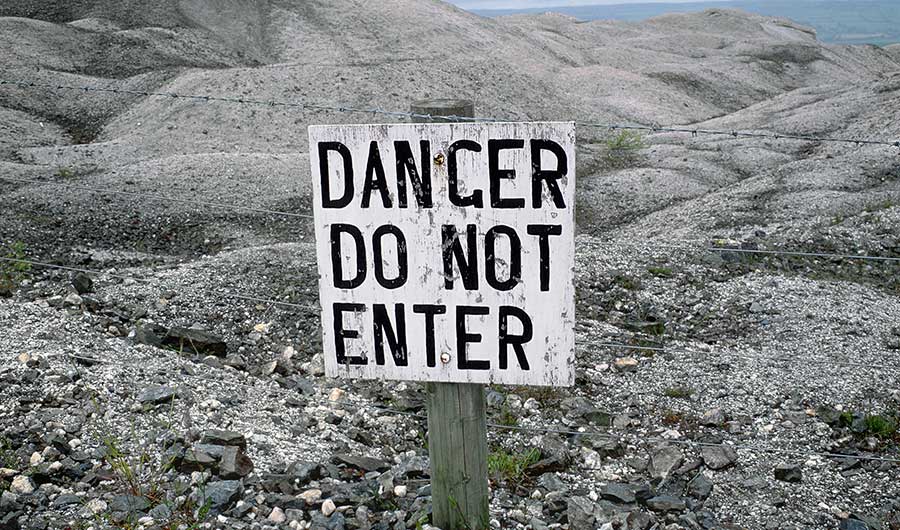The Moss That Removes Lead from Polluted Water

Silent Corners via Shutterstock
(Inside Science) -- A new solution for purifying drinking water polluted with lead could be growing under our feet. Researchers in Japan have discovered a species of moss that can absorb large amounts of lead into its cell walls as it grows.
The typical ways of removing lead and other heavy metals from water -- chemical sedimentation, electro-deposition, or ion-exchange adsorption -- are effective, but use materials derived from fossil fuels, are energy-intensive, and emit carbon dioxide. So Misao Itouga, a plant biologist at the RIKEN Center for Sustainable Resource Science in Yokohama, has been looking for plants that could provide a more sustainable alternative that's greener in more ways than one.
Itouga chose the moss Funaria hygrometrica, which is often found growing at industrial sites such as mines contaminated with lead, copper, zinc and other heavy metals. He grew the moss' protonema stage, a long threadlike chain of cells that forms early in its life cycle, in solutions containing more than a dozen different metals. It could survive in the presence of all of the metals, but its ability to suck up lead was remarkable -- after just 22 hours the moss had absorbed lead up to 74 percent of its dry weight. "We found that the moss can function as an excellent lead absorbent when in the protonema stage of development," said Itouga. The work was published in December in the journal PLOS One.
Looking closer, Itouga found that most of the absorbed lead, around 89 percent, ended up in the cell walls, with smaller amounts in the chloroplasts and organelle membranes. The cell walls could absorb lead even after being removed from the living cells. The main lead-absorbing chemical components of the cell wall appear to be polygalacturonic acid and cellulose. The cell wall's appetite for lead could explain why the early protonemal stage is so good at absorbing the metal, said Itouga. “The surface of the protonema lacks a cuticle layer, so it is easy for it to absorb water and solutions,” he said.
Itouga said the moss' large capacity for lead, and the fact that the protonema can grow in water without needing to latch on to soil or rocks, makes it a good candidate for treating wastewater in the mining and chemical industries, or in municipal water systems contaminated with lead, such as in Flint, Michigan. A moss has been used as a passive treatment system to purify acidic mine-drainage in the eastern United States, he said. He is working with a recycling company to test his ideas.
Susan Schenck, a plant pathologist at the Hawaii Agriculture Research Center in Kunia, said there has been a lot of work on plants that can clean up heavy metal pollution, a process called phytoremediation. Around 400 have been identified so far.
Schenck said Itouga's work shows promise for water treatment applications, but there is more to do before it can be used outside the lab. “This is only the beginning of the analysis; now we need proof it would work in the real world,” she said.
Her own work on phytoremediation shows how tricky this can be. Schenck previously studied a wood-rotting fungi that could break down chlorinated hydrocarbons -- a category that includes pesticides like DDT -- hoping it could be used to clean up contaminated soils. It worked well in the lab, but didn't transfer to the field. “It wasn't a soil fungi, so it didn't stabilize well in the soil,” she said. A more successful project used molasses to stimulate the growth of bacteria that could break down explosive residues.
Using plants to clean up pollution also leaves you with the problem of what to do with the polluted plants afterwards, added Schenck. “You can't just throw them in the river.”
Itouga is also concerned with the potential environmental fallout. He is studying whether there is a risk of the lead accumulating in the food chain if the moss is eaten by animals. “This is one of the challenges of phytoremediation techniques,” he said. Rather than using a living moss, Itouga said, his next study might involve getting a better understanding of the physical and chemical processes in the cell wall so that he can develop a material that mimics what the moss can do.

